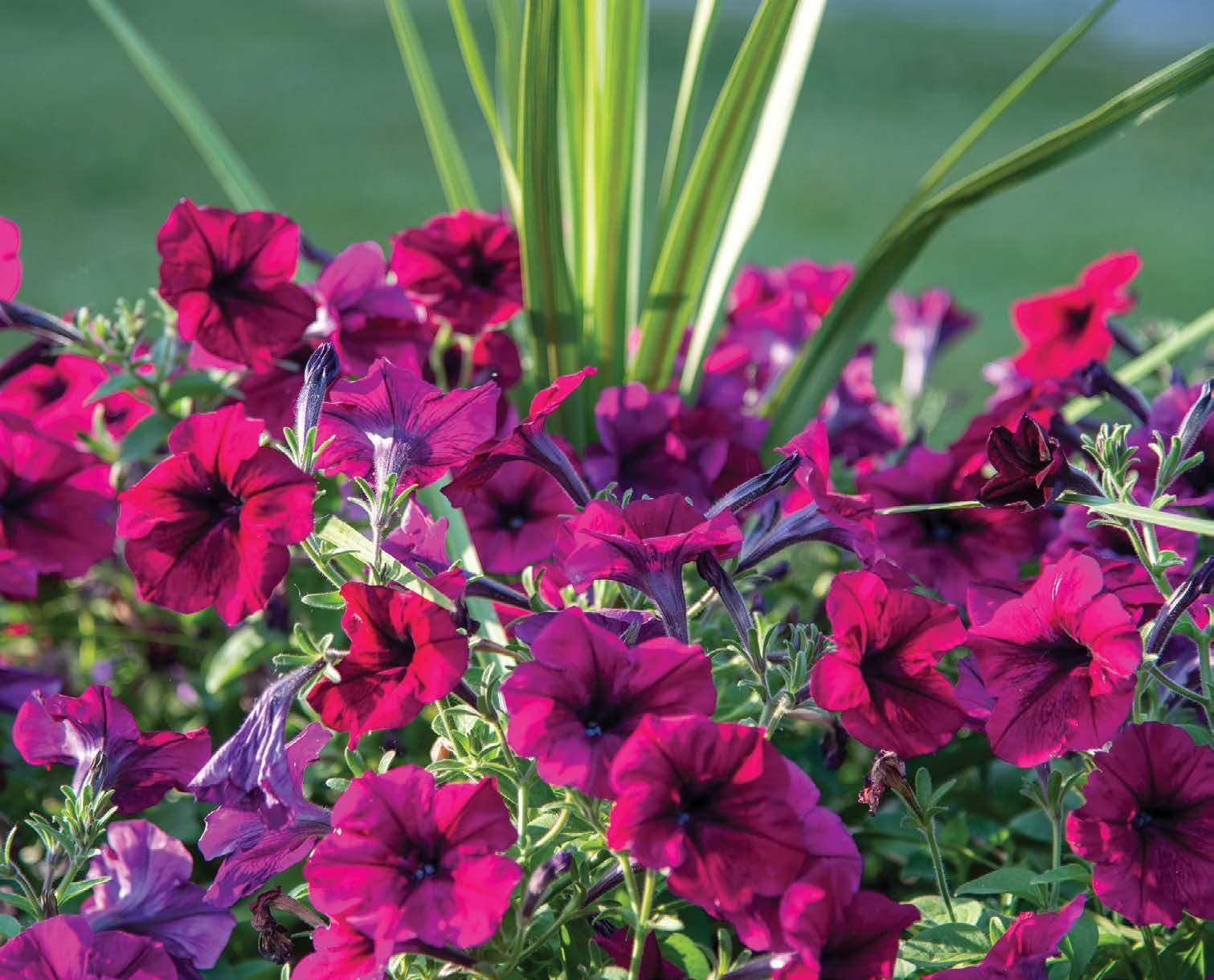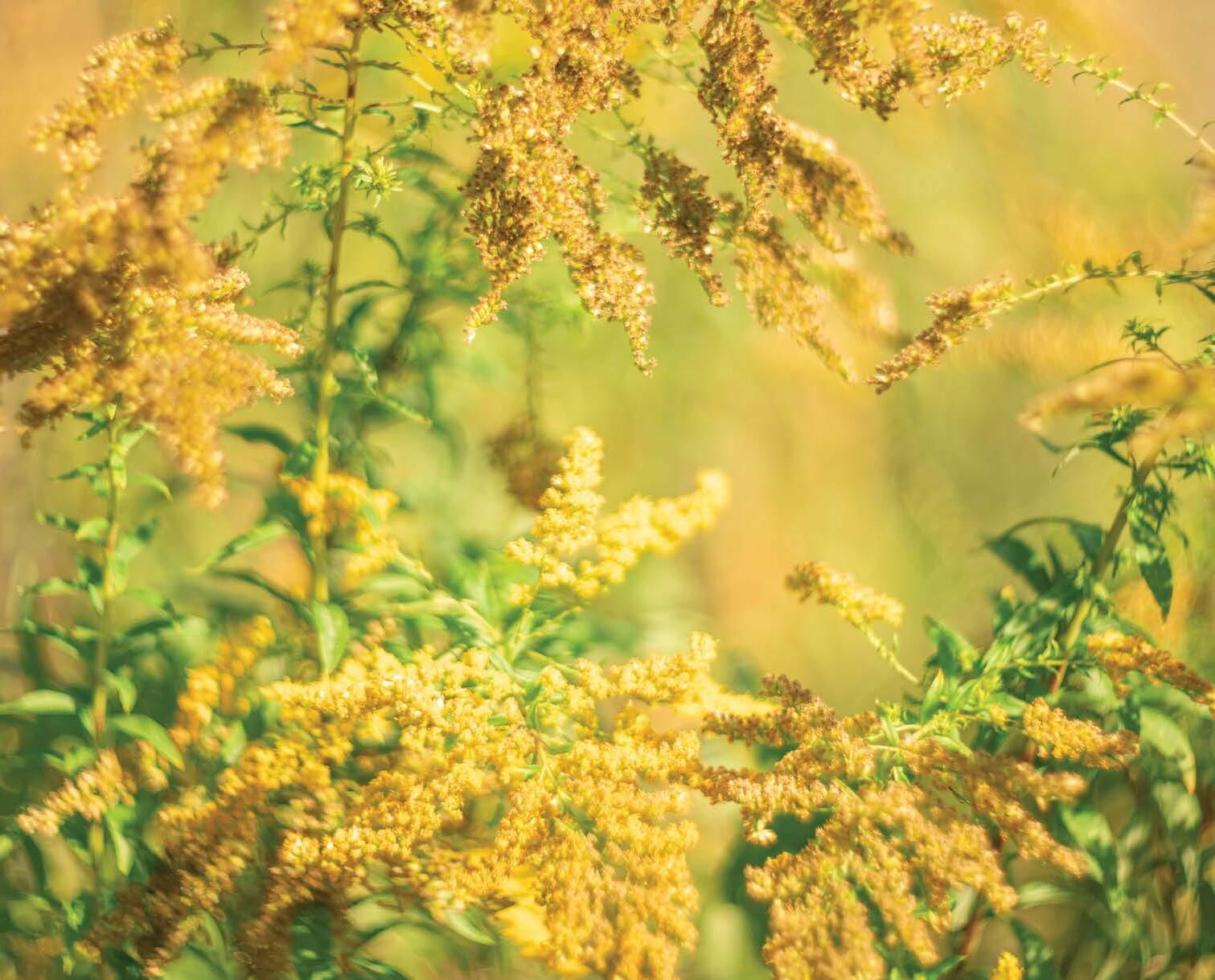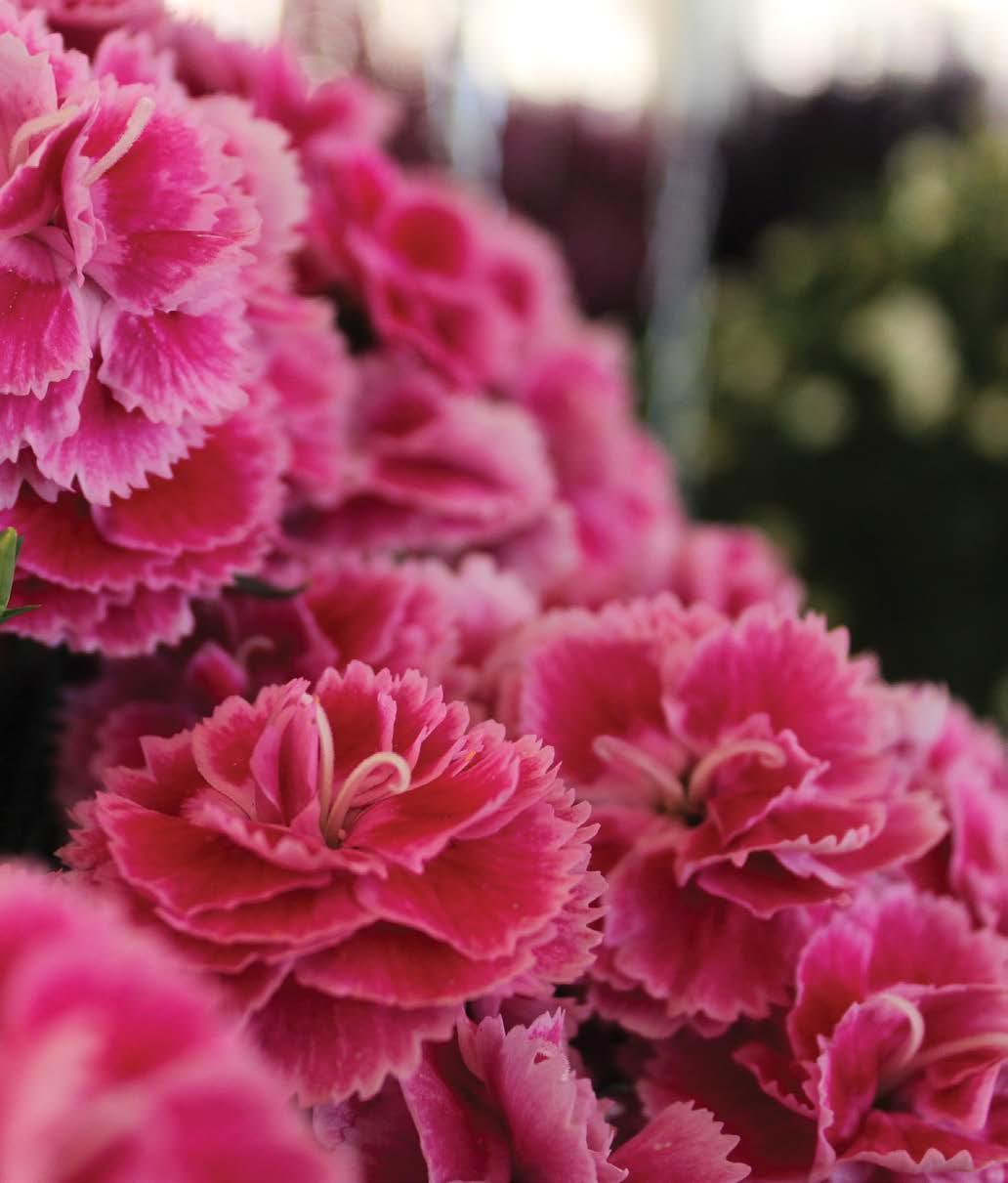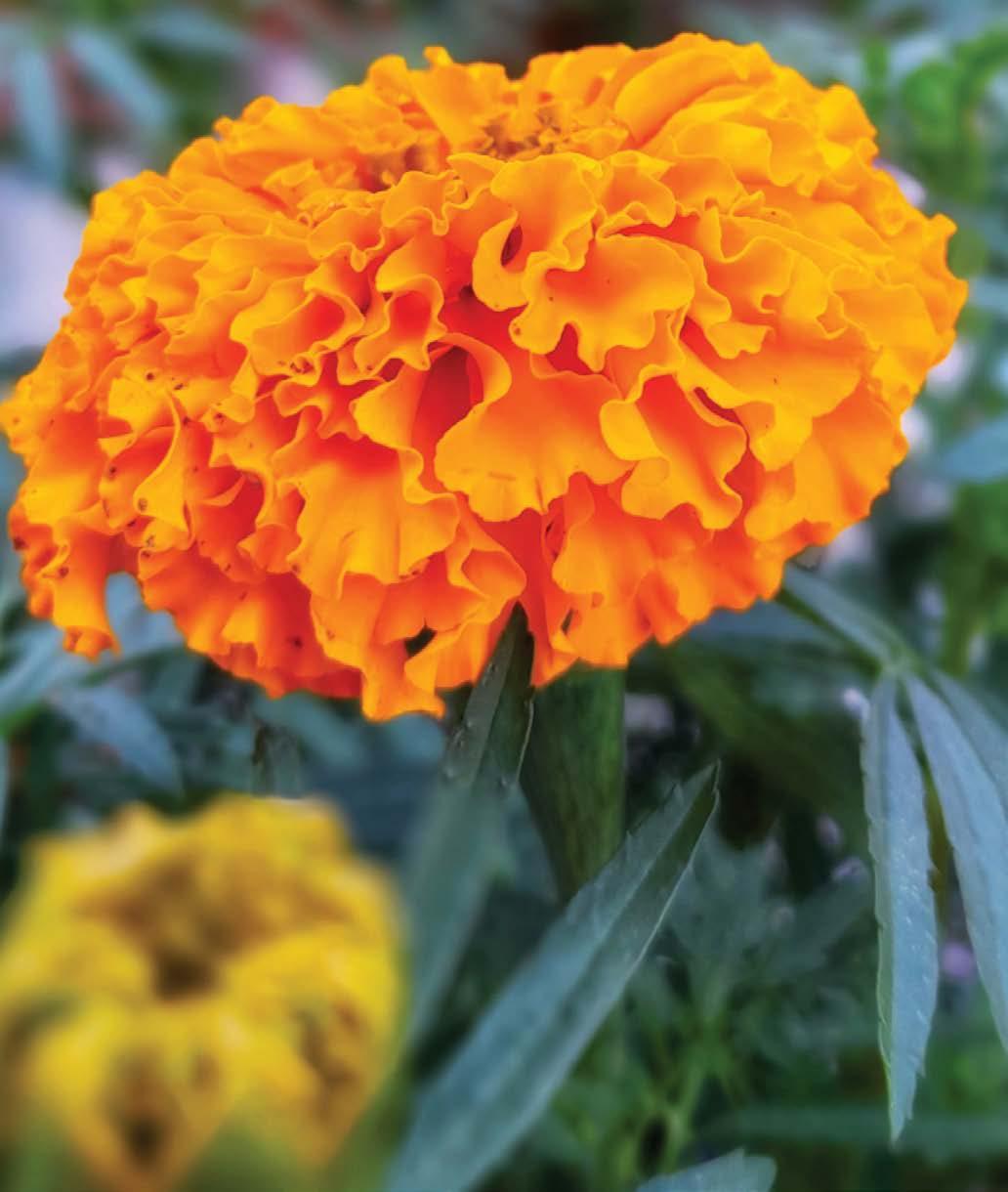
2 minute read
oh deer!
HERE’S HOW TO PROTECT YOUR GARDEN FROM THE NIBBLING NUISANCE
Written by Dean Rowland
Advertisement
Planning, designing and growing plants, flowers, grasses, bushes and trees in a beautiful Lowcountry garden take lots of work and year-round maintenance.
Any homeowner will attest that garden pests like fungi, mites, insects, bacteria and insects can wreak havoc on the healthiest specimens and are the bane of prized collections.
But deer? They are an entirely different scourge of the earth for gardens. Antelope don’t play here but deer certainly roam. And jump.
Hungry deer are a beautiful menace. They’ll eat anything that’s alive and tasty.
Like to grow tender greens like lettuce and Hosta, tulips and roses in the spring? Those are a dinner plate for deer, along with fruit, leaves on trees and shrubs, twigs and bark. Deer nibbles are plentiful and obvious.
An easy way to keep deer from nibbling on your plants is to grow what they don’t like and won’t eat. Easier said than done because, truth be told, there are few genuinely deer-resistant plants and even fewer deer-proof in South Carolina, Georgia and other southern states.
“Deer are a huge problem down here,” said Jordan Bruno, who manages the nursery at Bruno Landscape and Nursery on Hilton Head. “After the harsh winter we had here, they’re probably going to start eating almost everything.”
And a fact of life is that deer are hungry at this time of year and searching for food in previously untouched areas. Local gardens and their flowers, shrubs and plants are a natural target for herds to find nourishment.
“They’re hungry and they (plantation management) don’t cull a lot of them,” she said. “The population of deer in the plantations has definitely succeeded over the years.”
Deer especially love pansies, geraniums, zinnias, hibiscuses and tropicals for their taste, not scent.
Among the popular deer-resistant plants that grow in the area are are marigolds, sage, petunias, butter daisy, goldenrod, holly fern, cleome vinca, chrysanthemum, crocosmia, goldenrod, butterfly weed, dianthus, Epimedium and rosemary.

Hardscapes like pathways and patios serve as buffers between deer and vegetation.
Once your hardscapes are placed, figure out the color palette that most suits your visual desires, keeping in mind that deer-resistant plants are part of the overall plan.
Limit the color scheme in scope so as not to overwhelm the senses.
Purchase the plants for large groupings so when the deer browse, they won’t be able to nibble on every plant. Damage will be minimal and not so noticeable.
New housing developments for homes and apartments and the advent of community parks has been tearing down deer habitats on this island.
As a result, the deer are scrambling and running around everywhere to find new locations to reside and eat.
“They’re ruining our homes and coming into our yards,” Bruno said.
The options homeowners have to quell the intrusions are limited and surefire solutions are hit and miss.
“We don’t know what to do anymore,” she said, and expects the situation to intensify in the years ahead. “It will be interesting this spring and the next couple of years to see what is deer-resistant and deer-proof.”
Many consider deer-proof to be a misnomer because there is no such vegetation that is truly deerproof,
However, Deer Stopper repels both smell and taste, lasts up to 30 days, and works both day and night.
Deer Stopper has been Bruno’s go-to product for five years, and the nursery sold 1,500-2,000 bottles last year.
“It actually works,” she said.











